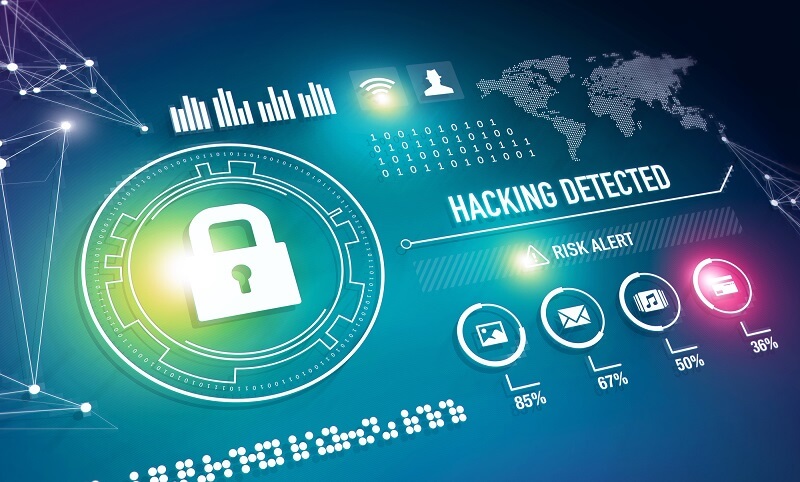In the age of information, data has become one of the most valuable assets for businesses. From customer profiles to financial records, companies rely on vast amounts of data to operate efficiently and make informed decisions. However, with this reliance comes the critical responsibility of safeguarding this sensitive information from cyber threats. This article explores essential strategies for securing digital assets, with a special focus on an emerging technology: Synthetic Data Generation.
Contents
The Importance of Data Protection
Data breaches and cyber-attacks can have devastating consequences for businesses. Apart from financial losses, they can result in damage to reputation, loss of customer trust, and legal repercussions. With the increasing sophistication of cyber threats, it has become imperative for enterprises to implement robust data protection measures.
Encryption and Access Controls
Encryption is the process of converting data into a code to prevent unauthorized access. It is a fundamental practice for securing sensitive information. Enterprises should employ strong encryption protocols for both data at rest and data in transit. This ensures that even if a hacker gains access to the data, it remains indecipherable without the proper decryption key.
In addition to encryption, access controls are crucial for limiting who can view, modify, or delete specific pieces of data. Role-based access control (RBAC) assigns permissions based on job roles, ensuring that employees only have access to the data necessary for their tasks.
Regular Data Backups
Regularly backing up data is a crucial component of any robust data protection strategy. In the event of a cyber-attack or data loss, having up-to-date backups allows for quick recovery. Enterprises should adopt a multi-tiered backup strategy, including both on-site and off-site backups, to safeguard against a wide range of potential disasters.
Implementing Multi-Factor Authentication (MFA)
Multi-factor authentication adds an extra layer of security by requiring users to provide two or more forms of identification before accessing sensitive data. This could involve something the user knows (like a password), something the user has (like a token or mobile device), or something the user has (like a fingerprint or facial recognition). MFA significantly reduces the risk of unauthorized access even if a password is compromised.
Intrusion Detection Systems (IDS) and Intrusion Prevention Systems (IPS)
What is an IDS?
An Intrusion Detection System (IDS) is a security solution designed to monitor network or system activities for suspicious or malicious behavior. It analyzes inbound and outbound traffic, looking for patterns or anomalies that may indicate a potential security breach or unauthorized access. When such behavior is detected, the IDS generates an alert, allowing security personnel to investigate and respond to the incident.
What is an IPS?
An Intrusion Prevention System (IPS) builds on the capabilities of an IDS by not only detecting suspicious activity but also taking proactive measures to prevent it. In addition to generating alerts, an IPS can automatically respond to potential threats by blocking or diverting traffic.
Synthetic Data Generation: A Cutting-Edge Approach
Synthetic Data Generation is an emerging technology that holds great promise in data protection. It involves creating artificial data that mimics real-world data but contains no sensitive information. This synthetic data can be used for testing, training machine learning models, and various analytical purposes without exposing actual customer information.
By using synthetic data, businesses can reduce the risk associated with handling sensitive information while still benefiting from realistic data for their operations. This technology is particularly valuable in industries like healthcare and finance, where privacy regulations are stringent.
Conclusion
Securing digital assets is a critical concern for enterprises in today’s data-driven world. Employing encryption, access controls, regular backups, multi-factor authentication, and intrusion detection systems are established best practices. Additionally, the adoption of cutting-edge technologies like Synthetic Data Generation can further enhance data protection efforts.
By prioritizing data protection, businesses can not only safeguard their sensitive information but also build trust with customers, partners, and stakeholders. In an era where data breaches are all too common, a robust data protection strategy is not just a competitive advantage, but a business imperative.


